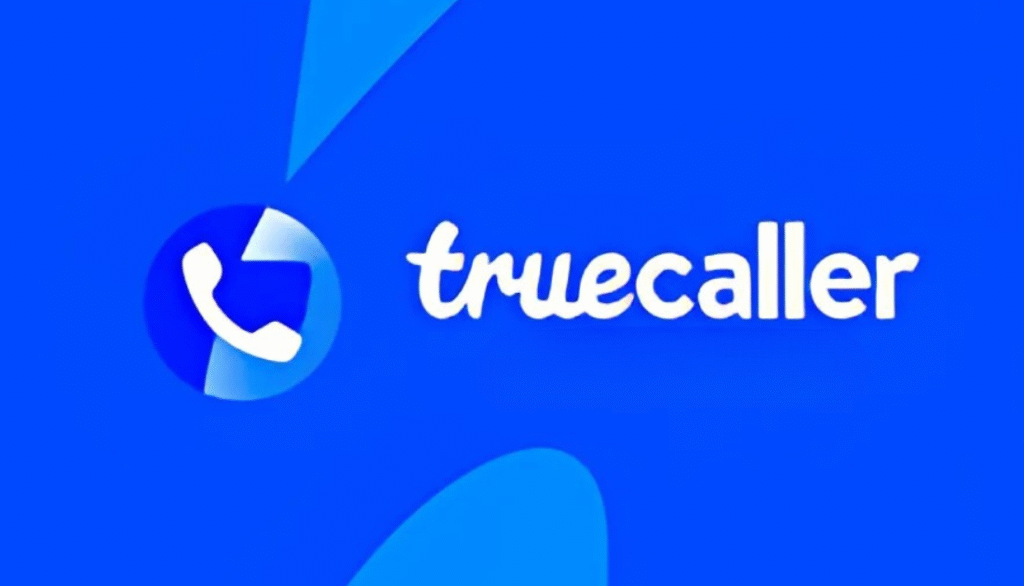Truecaller will discontinue its call recording feature for iPhone users starting September 30, a little over two years after it was introduced.
Highlights
- Feature Discontinued: Truecaller will end its call recording functionality for iPhones on September 30, 2025.
- Platform Limitations: Apple’s system-level restrictions made the feature complex to maintain, requiring workarounds like merged calls and third-party lines.
- Native Apple Alternatives: Apple’s new built-in call recording and transcription features in iOS 18.1 and 18.2 reduce the need for external solutions.
- Low Adoption & High Overhead: Due to limited usage and carrier-dependent functionality, the feature was unsustainable on iOS.
- Strategic Shift: Truecaller is focusing on more core services like spam detection, Live Caller ID, and real-time fraud prevention tools.
- No Major Revenue Impact: The feature’s removal is unlikely to significantly hurt revenue, as it was one of many tools in the premium plan.
- Data Export Available: Users are advised to export their recordings before shutdown using iCloud or manual file sharing tools.
- AI Spam Protection Enhanced: Truecaller’s Assistant can now block up to 90% of spam calls in real time, leveraging iOS 18’s Live Caller ID API.
The company confirmed the change as part of a broader strategic focus on core services such as Live Caller ID and automatic spam blocking, which remain integral to its premium offering.
While the call recording feature was natively supported on Android, its iOS version depended on a workaround involving a merged call via a recording line.
This method introduced added complexity and operational overhead due to Apple’s system-level restrictions, which prevent third-party apps from directly accessing call audio.
The company cited these limitations, along with improvements in iOS itself, as key factors in the decision to sunset the feature.
How the Feature Originally Worked?
Truecaller launched its call recording capability for iOS in June 2023, initially as a premium-only feature.
To work around Apple’s privacy constraints, the feature used a three-way conference call setup, requiring carrier support for call merging. This made the process less seamless and more resource-intensive compared to Android.
Due to technical complexity, limited adoption, and changing platform policies, maintaining the feature became increasingly difficult. As a result, the infrastructure supporting iOS call recording is being phased out.
Apple’s Native Feature Wants No Middlemen
Apple has introduced its own call recording and transcription tools as part of the iOS 18.1 and 18.2 updates, powered by Apple Intelligence.
These native features eliminate the need for third-party workarounds and are fully integrated into the system, offering users streamlined recording, transcription, and spam protection without requiring merged calls.
The built-in nature of Apple’s solution makes alternatives like Truecaller’s implementation less necessary moving forward.
Why Losing the iOS Feature May Have Limited Financial Impact
Despite the removal of call recording, Truecaller’s iOS user base remains significant, accounting for about 44% of its premium revenue and roughly 28–29% of total iOS subscribers. However, the feature was only one aspect of the broader premium experience.
Other premium tools—such as real-time Caller ID, incognito mode, Siri shortcuts, spam call blocking, and transcription—remain available. This suggests that Truecaller is prioritizing features that are more sustainable and widely used, rather than withdrawing from iOS as a platform.
Spam Blocking Is the Real Priority Now
Truecaller’s current focus lies in strengthening spam detection and Live Caller ID capabilities, particularly with the help of Apple’s newly available Live Caller ID Lookup API in iOS 18.2. These changes have enabled more accurate real-time detection of suspicious calls.
According to recent internal tests, Truecaller’s AI-powered Assistant model can now flag up to 90% of spam calls in real time, improving user safety while leveraging machine learning and system-level integration.
What Users Should Do Now
Ahead of the September 30 shutdown, Truecaller has offered guidance to help users preserve existing call recordings.
- Switch storage to iCloud for automatic syncing and future access.
- Export recordings manually via the Files app, Mail, or other messaging services.
A step-by-step support article has been published to assist users with managing their data during the transition.
As mobile operating systems like iOS continue evolving with built-in capabilities, third-party app developers are increasingly re-evaluating which features justify long-term support—especially when it comes to balancing cost, user adoption, and platform compatibility.


